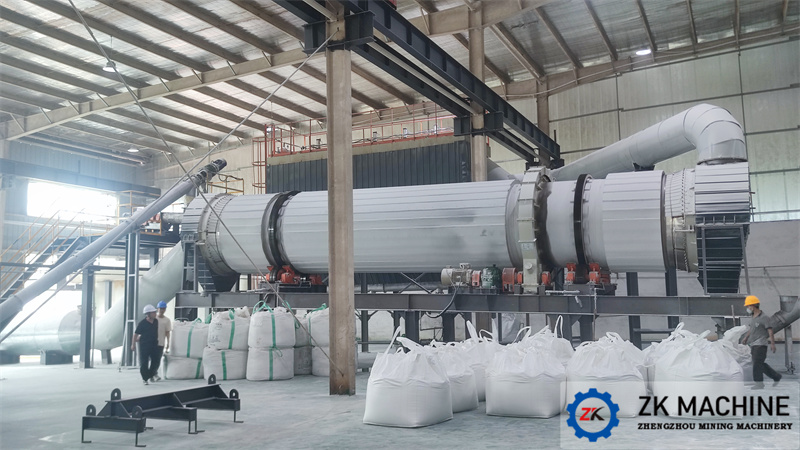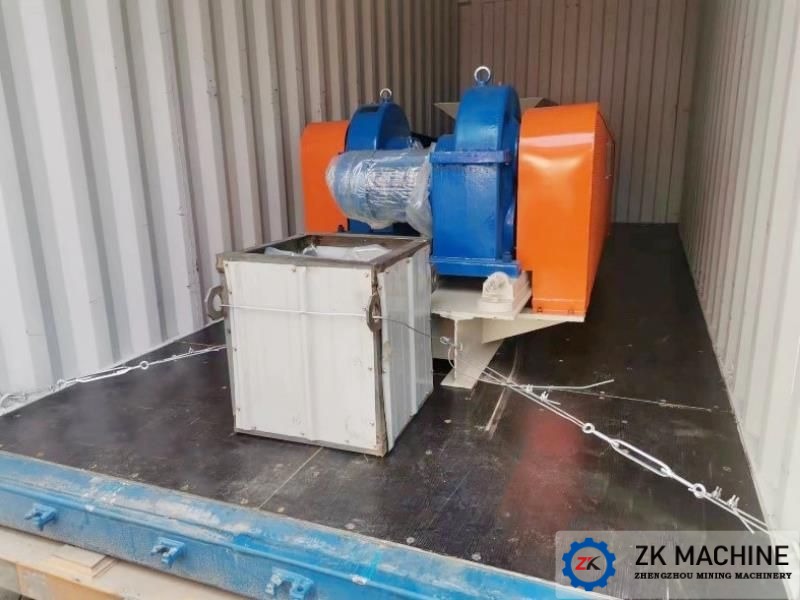Brief Introduction of Lithium Iron Phosphate Production Process
Introduction:
Lithium iron phosphate is mainly used as the positive electrode material of lithium-ion batteries. According to the different electrolyte materials used in lithium-ion batteries, lithium-ion batteries can be divided into two categories: liquid lithium-ion batteries and polymer lithium-ion batteries. It mainly includes lithium cobalt oxide battery, lithium nickel oxide battery, lithium manganese oxide battery, lithium iron phosphate battery, etc. Among them, lithium iron phosphate has great advantages in the production of high-power lithium batteries. Its raw materials, iron sources, lithium sources, and phosphorus sources are all conventional chemical materials, and will not cause environmental pollution. At present, there are three types of domestic production of lithium iron phosphate: high-temperature solid-phase method, carbothermal reduction method, and liquid-phase co-precipitation method.
Main technology: high temperature solid phase method, carbothermal reduction method, liquid phase co-precipitation method
Main raw materials: iron source, lithium source, phosphorus source
Main application: Cathode material for lithium-ion batteries
Outstanding advantages
1. Experimental analysis: the company's pilot test line can carry out various raw material analysis, formula design, sample preparation, roasting, small test, pilot test
2. Environmentally friendly and efficient: a fully closed-circuit airflow conveying system is used to generate no dust pollution throughout the process
3. Advanced process equipment: from overall project planning to detailed process formula, process design, equipment design and manufacturing, engineering installation, commissioning, etc. to provide complete whole industry chain services
Production Methods
1. High temperature solid phase method
The high-temperature solid-phase method mainly adopts the solid-phase synthesis method. Lithium carbonate, lithium hydroxide, etc. are used as lithium sources, ferrous oxalate, ferrous oxalate, iron oxide and iron phosphate are used as iron sources, and phosphate radicals mainly come from ammonium dihydrogen phosphate. The typical process is as follows: After the raw materials are ball-milled and dried, they are heated to a certain temperature at a certain rate in an inert or reducing atmosphere in a muffle furnace or tube furnace, and cooled after a period of reaction. The advantage of the high-temperature solid-phase method is that the process is simple and easy to realize industrialization, but the particle size of the product is not easy to control, the distribution is uneven, the shape is irregular, and inert gas protection is required during the synthesis process.
2. Carbothermal reduction method
This method is an improvement of the high-temperature solid-phase method. It directly uses high-valent iron oxides such as FeO, LiHPO and carbon powder as raw materials, mixes them in a stoichiometric ratio, and sinters them in a box-type sintering furnace at 700°C for a period of time in an argon atmosphere. Then naturally cool to room temperature. FePO.2HO was synthesized by HPO and FeCL, and then LiFePO was synthesized by hydrothermal method with CHCOOLi. Compared with the high-temperature solid-phase method, the synthesis temperature of the hydrothermal method is lower, about 150 to 200 degrees, and the reaction time is only about 1/5 of the solid-phase reaction, and lithium iron phosphate can be directly obtained without inert gas. The product has the advantages of small grain size and uniform phase.
3. Liquid phase co-precipitation method
By using a large number of organic complexing agents, the sol/gel method can uniformly distribute lithium, iron, and phosphorus elements at the atomic or molecular level, but this preparation method is expensive and difficult to scale up.




